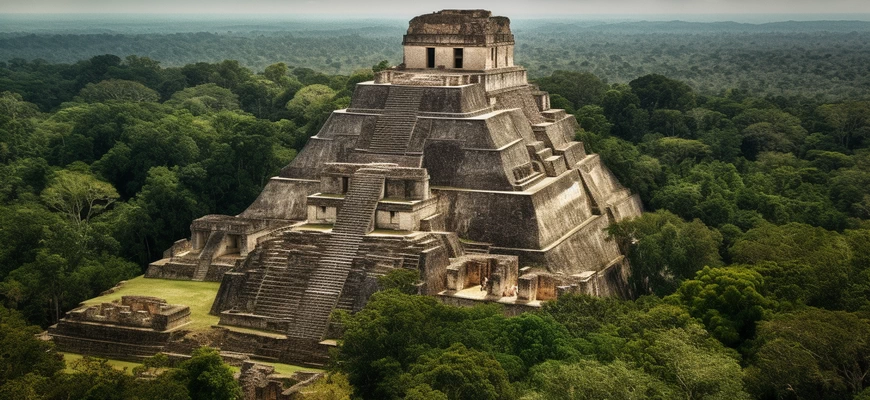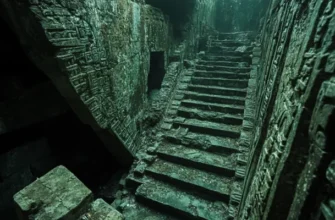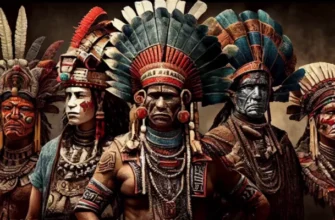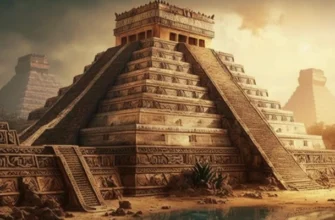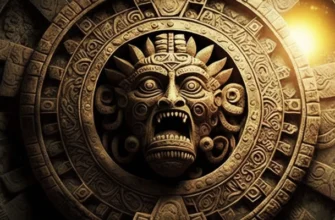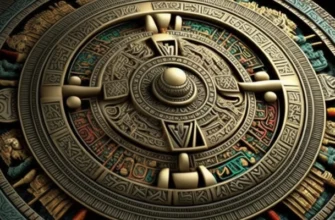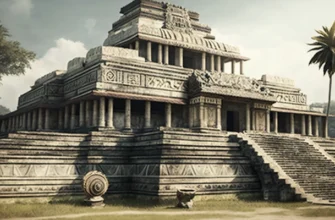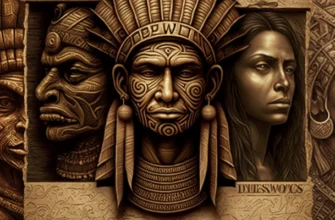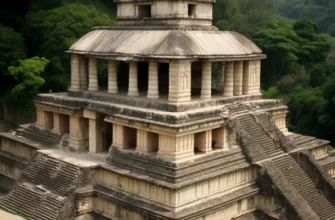The ancient Mayan civilization is interesting not only because of its extraordinary culture and achievements in science and art, but also because of the uniqueness of its origin. The first Mayan settlements in Mesoamerica appeared more than 3000 years ago. The emergence of this culture required special conditions, such as a favorable climate and fertile soil. The Olmec and Tivanaku cultures had a significant impact on the formation of the Maya, as they promoted the development of crafts and trade. In addition, the emergence of this culture was associated with a change in the form of agriculture and the emergence of new social and political structures. All of these factors helped the Maya to develop into one of the world’s greatest civilizations.
Description of the first Mayan settlements in Mesoamerica
The first Mayan settlements in Mesoamerica appeared around 2000 BC. The Maya lived in small villages consisting of wooden houses and structures made of clay and palm leaves. The main sources of food for the Maya were corn, beans, pumpkins, and other plants that they grew on the land, which they harvested with primitive tools.
Starting in 1000 BC, Mayan settlements began to grow in size and become more complex in their organization. Special structures were built, such as palaces, terraces, and town squares, which served for ceremonies and trade. The Maya also began to use new technologies that helped them to get more land to grow food.
The initial Mayan settlements gave rise to one of the world’s greatest civilizations, which left its mark in science, art and architecture, and inspired humanity for many centuries.
The development of the Maya
The Maya were an ancient civilization that developed in Mesoamerica from 2000 BC until the arrival of the Spanish in the 16th century. The Mayan development process included many economic and political aspects that influenced their culture and society.
The economic development of the Maya was related to agriculture. The Maya grew corn, legumes, pumpkins, and other fruits and vegetables. They also developed crafts, such as the production of ceramics, textiles, and other goods. Trade played an important role in their economy, including the exchange of goods with other civilizations.
Politically, the Maya consisted of distinctive local principalities, each with its own government and culture. These local principalities interacted with each other, concluding treaties and waging wars. Gradually, the principalities consolidated into large states, such as Tikal, Palenque, and Kalakmul. In these states, power was concentrated in the hands of the king, who was considered a sacred figure.
The Maya religious beliefs played an important role in their society. They believed in polytheism, which included many deities that reflected different aspects of life, such as the sun, rain, death, and more. Religious rituals and ceremonies were an important part of their culture.
Throughout their development, the Maya made great achievements in many fields. They created a complex writing system that included hieroglyphics and symbols. This allowed them to store information about their history, culture, and science. The Maya also studied astronomy and mathematics, which allowed them to create a detailed calendar and accurately determine astronomical events such as solar and lunar eclipses.
Architecture stands out in Mayan art. They created complex buildings, such as pyramids and palaces, which were decorated with a variety of sculptures and murals. The Maya also created a highly developed system of music and dance, which was an important part of their culture and religion.
Despite all their achievements, the Maya gradually suffered degradation, which led to their decline in the 14th and 16th centuries. The reasons for this decline are still a matter of debate among historians and archaeologists. Some of the possible reasons include environmental problems, epidemics, social change, and war. However, the decline of the Maya does not obscure the significance of their contributions to culture and science, nor the significance of their achievements.
Causes of the Mayan decline
The Mayan decline was a long process that lasted over 200 years. And while there are many theories as to why this decline occurred, conflicts and environmental issues certainly played an important role in the process.
Conflict: There is some evidence that conflicts in the Maya may be one of the reasons for their decline. For example, archaeologists have found some evidence of violence, such as mass graves with traces of violence and the destruction of structures. In addition, there is a theory that population growth and dwindling resources have led to more competition between different cities and regions.
Environmental problems: There is a theory that climate change and environmental problems may have contributed to the Maya’s decline. For example, recurrent droughts and floods could have led to crop destruction and infrastructure damage. In addition, soil degradation and loss of fertility may also have led to lower yields.
Other causes: In addition to conflict and environmental issues, there are many other factors that may have contributed to the Maya’s decline. For example, changes in the economy and social organization, diseases and epidemics, migration, and even changes in religious and cultural traditions.
Thus, the Maya decline was a complex process that was not caused by a single cause but by a number of factors. Conflicts and environmental issues played an important role in this process, but other causes, such as economic and social changes, may also have influenced the Maya decline.
For example, some researchers believe that the Mayan decline may be related to the changing economic situation. Over time, trade and craft development became less profitable, and wealthy Mayan cities lost their importance. Another possible factor is social change, including an increase in the number of elites and inequality in society, which can lead to instability and social conflict.
In addition, some researchers believe that the decline of the Maya may be related to changes in religious and cultural traditions. For example, religious reforms and changes in beliefs can affect the sustainability of a society and its organization.
Thus, the Maya decline was a complex process that was caused by a variety of factors, including conflicts, environmental problems, economic and social changes, and changes in cultural and religious traditions. To this day, researchers continue to study and understand the causes of the Mayan decline to help preserve and protect the cultural heritage of the Mayan civilization.
Conclusions
Summarizing the research how the great Mayan civilization was discovered and defining the significance of the Maya for the modern world.
The Maya is one of the most famous and interesting ancient civilizations of Mesoamerica, which flourished from about 2000 BC to the 15th century. This civilization left behind a huge legacy, including huge pyramids, theaters, art, mathematics, astronomy, and culture.
One of the most significant achievements of the Maya is their calendar, which was very accurate and consisted of three different counting systems. They are also known for their writing systems, including glyphs, which were used to record various events and stories.
The modern world can experience the significance of the Maya on many different levels. For example, their knowledge of mathematics and astronomy is used by modern scientists. Their technologies, such as the way they cultivated the land by terracing, are still in use in some parts of the world.
The Mayan cultural heritage has left an impact on modern art, architecture, music, and literature. The Maya are also still being studied in anthropology, archaeology, and other sciences to better understand this ancient civilization and its impact on the modern world. All of this makes the Maya significant to the modern world, even after this civilization ceased to exist.
